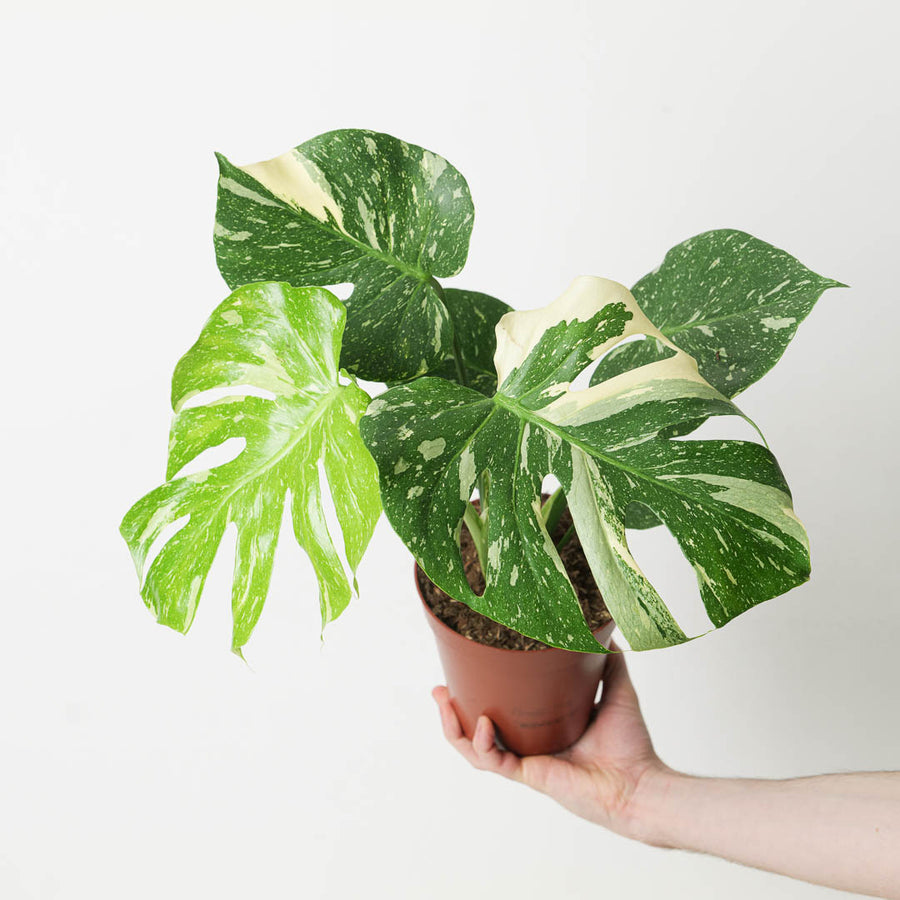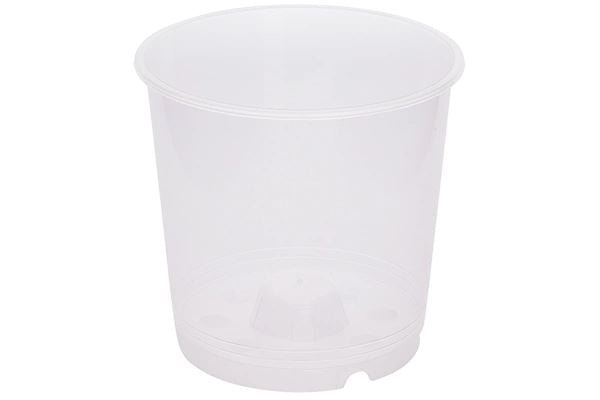Hoya
Hoya plants, also known as wax plants, are beautiful, low-maintenance houseplants that thrive when their natural growing conditions are mimicked. Found draped under trees in their natural habitat, Hoyas use other plants as support to climb or trail. By providing the right light, watering schedule, and soil conditions, you can ensure your Hoya remains healthy and vibrant.
Hoyas are native to tropical and subtropical regions of Asia and Australia. They are predominantly found in countries such as India, Thailand, Malaysia, the Philippines, and Indonesia. In these regions, they grow epiphytically in rainforests, clinging to tree trunks and branches to receive filtered light and proper air circulation. Hoyas are part of a family known as Apocynaceae, which includes the common milkweed plant Asclepias syriaca.
What Lighting Do Hoyas Prefer?
One common myth is that Hoyas require extremely bright, direct light to thrive. However, excessive exposure to direct sunlight can cause leaf burn. Instead, they prefer bright, indirect light, making them perfect for east- or west-facing windows. If natural light is insufficient, a grow light can be used to supplement their needs.
How Often Should I Water My Hoya?
Hoyas store water in their thick, waxy leaves, meaning they are more tolerant of drought than overwatering. Water your Hoya when the top 1-2 inches of soil feel dry. Ensure proper drainage to prevent root rot, and use a potting mix that allows excess moisture to escape easily.
When Should I Repot My Hoya?
Hoyas prefer to be slightly root-bound, so frequent repotting isn’t necessary. Repot your plant only when the roots have outgrown their current container. Our premium Hoya Potting Mix is designed for all-round use, featuring a peat-free, well-draining blend of bark, tree fern, perlite, pumice, charcoal, and coco husk. Worm castings are included for natural fertilisation and healthy growth.
Do Hoyas like to hang or climb?
Whether you let your Hoya climb or hang depends on the species and your personal preference. Hoyas naturally grow as epiphytic vines in the wild, using their tendrils to climb trees and attach themselves for support. However, they can also trail beautifully from a hanging pot.
-
Climbing: If you provide a trellis,, or other support, your Hoya will readily climb. This is a good option for species with thicker vines, like Hoya carnosa or Hoya pubicalyx, as it mimics their natural growth habit. Climbing Hoyas may also flower more readily since their tendrils can find stability.
-
Hanging: Many people prefer to grow Hoyas in hanging pots, where the long vines can cascade down. This works well for species with thinner, more flexible stems, like Hoya linearis or Hoya curtisii. If the tendrils are left unsupported, they may take longer to produce leaves but will eventually fill out with growth.
If your Hoya has bare, wandering tendrils, it's trying to find something to attach to. You can either train them onto a support or let them grow naturally, but if left unsupported, they may stay bare for longer before sprouting leaves.
Can I Propagate My Hoya?
Yes! Hoyas are easy to propagate through stem cuttings. Simply take a healthy cutting with at least two nodes, remove the lower leaves, and place it in water or a moist, well-draining soil mix. In a few weeks, roots should begin to develop, allowing you to pot up a brand-new plant.
Are Hoyas Pet-Friendly?
Most Hoya species are considered non-toxic to cats and dogs, making them a great choice for pet owners. However, as with any plant, it’s best to keep them out of reach of pets that may be prone to chewing on leaves.
Common Issues When Growing Hoya Houseplants
Yellowing Leaves
If your Hoya's leaves are turning yellow, overwatering is the most likely culprit. Hoyas prefer their soil to dry out between waterings, as their thick, waxy leaves store moisture. Consistently damp soil can lead to root rot, which further exacerbates yellowing. Ensure the pot has drainage holes and consider using a well-draining soil mix, such as one containing orchid bark and perlite, to prevent excess moisture retention.
Wrinkled or Shrivelled Leaves
If the leaves appear wrinkled, shrivelled, or feel soft to the touch, your Hoya may not be receiving enough water. While these plants are drought-tolerant, prolonged dry conditions can cause dehydration. Increase watering slightly, ensuring the soil is thoroughly moistened but not waterlogged. If dehydration persists despite proper watering, check the roots for signs of damage or rot, as compromised roots struggle to absorb moisture effectively.
Pest Infestation
Hoyas can attract common houseplant pests such as mealybugs and spider mites, particularly in warm, dry environments. Mealybugs appear as small, white, cotton-like clusters on leaves and stems, while spider mites create fine webbing and cause stippled or yellowing leaves. Regularly wipe the leaves with a damp cloth to remove dust and inspect for early signs of infestation. If pests are present, treat the plant with insecticidal soap or neem oil, repeating applications as needed. Increasing humidity can also deter spider mites, which thrive in dry conditions.
Lack of Blooms
Hoyas require maturity before they begin flowering, which can take several years. If your plant is not blooming, consider its light conditions—bright, indirect light is essential for flower production. Avoid moving or repotting the plant frequently, as Hoyas prefer to be slightly root-bound. Using a fertiliser high in phosphorus during the growing season can also encourage blooms. If your Hoya is mature but still not flowering, consider slightly reducing watering in the winter to mimic its natural dry season, which can trigger blooming in spring.
💡Did you know? Hoyas Can Live for Decades! With proper care, Hoyas can thrive for over 30 years and become heirloom plants.
Our Favourite Hoya Varieties
 Hoya Linearis – from £9.99
Hoya Linearis – from £9.99

Hoya Carnosa Krimson Queen from £13.99

Hoya Krinkle 8 From £11.99

Hoya Callistophylla 'Black Cat' from £17.99
Looking to add a stunning Hoya to your collection? Browse our full selection and find the perfect plant for your home!





